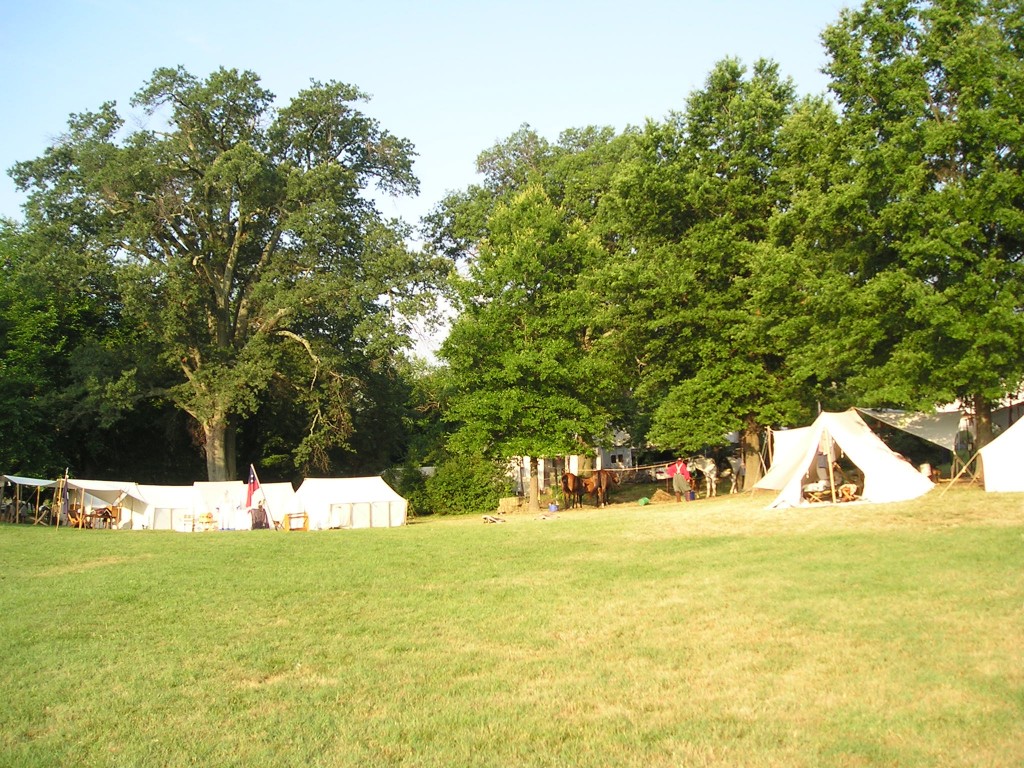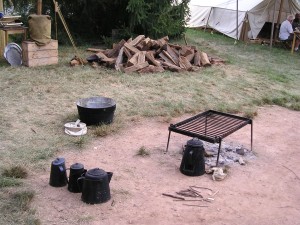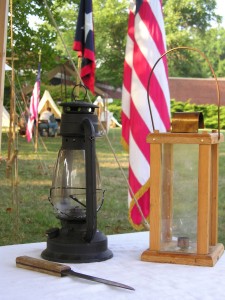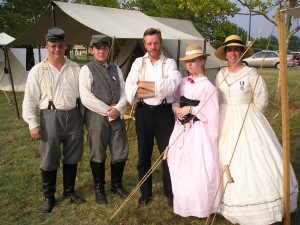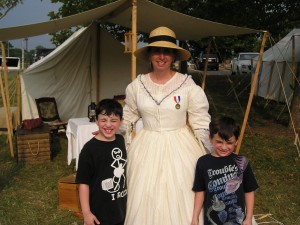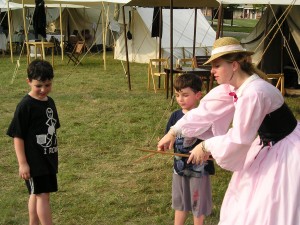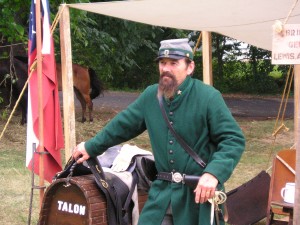This past weekend marked the 150th anniversary of the First Battle of Manassas, known as the First Battle of Bull Run to all you Yankees out there. First Manassas was the earliest major land engagement of the Civil War following the bombardment and surrender of Fort Sumter. My new hometown of Manassas celebrated its history in a big way, with a reenactment of the battle, two huge living history encampments, a parade of soldier-reenactors through Old Town Manassas, and a recreation of the 1911 Peace Jubilee headlined by President Taft (I would’ve liked to have seen who the local organizers found to portray the 300 pound-plus president, but the event conflicted with work for me).
Several of the afternoon events had to be cancelled due to temperatures in the low triple digits. Sweltering July temperatures in this region aren’t just a recent phenomenon, however. Nearly a century ago, at the Great Reunion of Civil War veterans held at Gettysburg, Pennsylvania from June 29 to July 6, 1913, temperatures also soared into the hundreds. More than 53,000 Union and Confederate veterans attended the event, all of whom camped out in tents on the battlefield. Three hundred and nineteen of those vets were admitted to local hospitals for heat exhaustion. Considering that most of the vets present were between 65 and 75 years old, and only half of one percent suffered heat exhaustion, I’d say that was a pretty hardy collection of old men.
I brought my boys on Saturday to the Generals’ Row set up on the big lawn in front of the Manassas Historical Museum, across Prince William Street from the Manassas train station. Actually, Generals’ Row was two rows of tents, one for Union commanders and the other for Confederate commanders. I had previously stopped by the Union side on Friday morning, prior to boarding my commuter train into Washington, DC. The reenactors hadn’t yet donned their heavy woolen uniforms or cumbersome hoop skirts; they were hanging out on chairs in front of their tents, drinking their morning coffee. I spoke with a man from Charleston, West Virginia named Barry. I told him my mother’s family had come from Charleston. I experienced a touch of cognitive dissonance, listening to his thick Southern accent and registering that he would be portraying a Union officer; but then I reminded myself that West Virginia had seceded, not from the Union, but from the rest of the State of Virginia so that its people could remain within the Union. We chatted for a while, mostly about how polluted Charleston used to be back in the late 1960s and about Carol Channing (my Grandpa Frank from West Virginia had managed Broadway road shows during the 1950s and 1960s). I told Barry I’d try to bring my boys by to meet him over the weekend.
On Saturday, with the high temperature climbing to about 102 Fahrenheit, I waited until almost 6 P.M. before bringing the boys out. Barry was still in uniform, but nearly all the crowds had fled. That was fine by me. My three kids were delighted with a collection of 1860s toys and games in front of one of the Union tents. A very obliging young lady named Hannah explained to them about each of the toys, and then she demonstrated how to play a game with sticks and a hoop called the graces, originally meant to help teach young women proper posture. My boys don’t care a fig about good posture, but they enjoyed flinging the hoop around.
We wandered over to the Confederate side, where I noticed the men tended to have a gnarlier mien than the reenactors had displayed over on the Union side. Asher, my middle son, thought one reenactor had “creepy eyes;” the man was definitely well grounded in his part, and his facial hair wouldn’t have been out of place on a wild goat. He noticed Asher giving him the wall-eye, then made him laugh with fright by chasing him down the row of tents with a mean-looking pistol, saying he looked “too much like a Yankee.”
I was impressed that the man had that much energy, given the heat and his wool uniform. Another reenactor pointed out what he called the “emergency tent,” an air-conditioned tent with medical supplies, ready to receive any reenactor on the edge of heat exhaustion. He said he’d been drinking gallons of Gatorade all weekend. The danger sign, he told me, was when you stopped sweating. Then you knew you had to park yourself in that air-conditioned tent.
I told him about the Great Reunion of 1913. It had been just as hot then, but not even the hospitals had had air-conditioning.
I had wanted to see the parade through Old Town Manassas or the reenactment of the battle, but it had just been too darned hot to stand around outside without shade. At least I can console myself that this weekend was merely the beginning of four years of sesquicentennial Civil War observances to come. Next year we’ll have the 150th anniversary of the Second Battle of Manassas (or Bull Run #2). Maybe the weather will be a little more moderate then?
Say, with all this interest about the Civil War, you wouldn’t think some author would happen to have a steampunk adventure novel set aboard Union and Confederate ironclads lying around on his computer’s hard drive? Any possibility of that? Nawww…

